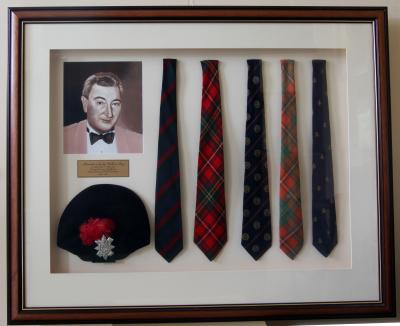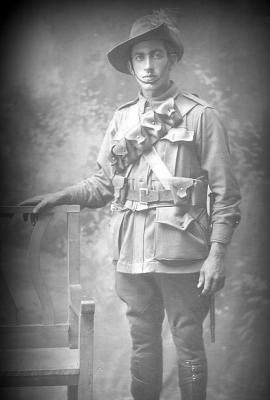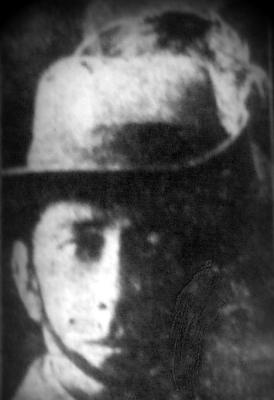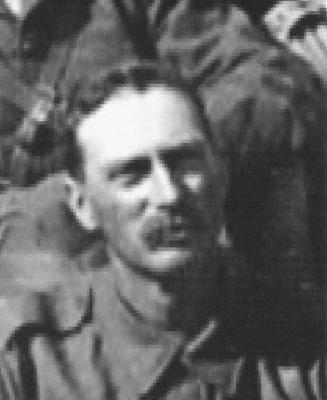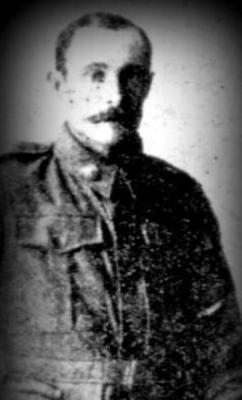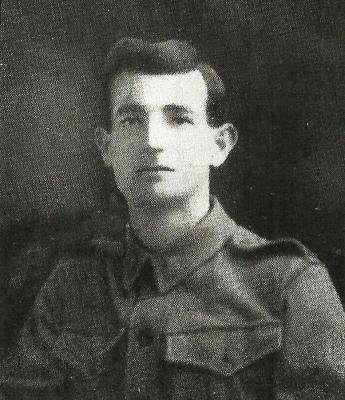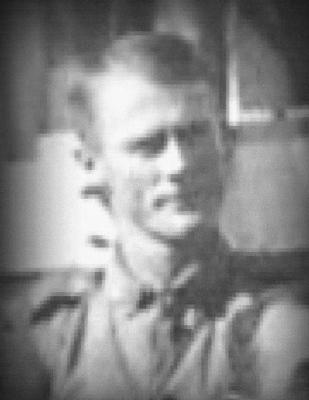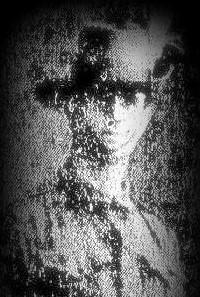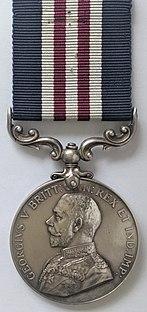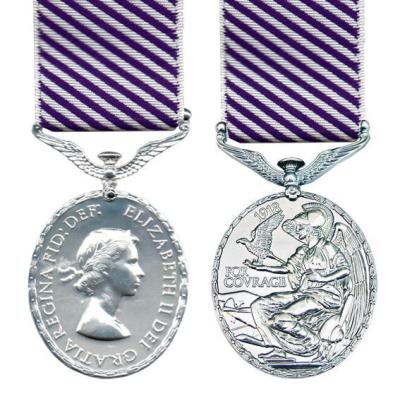Regimental Ties
Regimental ties originated in Great Britain. where soldiers used their regiment’s colors on flags and pieces of silk to help identify themselves in battle and establish rank and classification within their regiment. Over time the colours, directions of the stripes and incorporated symbols came represent the wearer’s membership to a military regiment, particularly when worn with civilian attire off-duty. Length and width has varied over time paralleling civilian fashion trends. In the 1890s short, untipped ties were the norm. Over time they got longer, and slimmer in 1940s, 50s and 60s, before they became wider in the 1970s and 80s. In the 90s most ties wear 3.5 ” wide and subsequently they got slimmer again. Some of the ties in the collection of the Australian Army Museum of Western Australia are illustrated in the accompanying photographs.
By the 1870’s the Four-In-Hand Knot had surfaced and very quickly became popular. This trend was followed in the military who were moving away to more practical operational uniforms. So rather than skipping color altogether, the regimental colors were transferred to the necktie, which looked very similar the one’s we know today. In the 1890’s public schools joined in the tie craze, and so school ties were born. Particularly after World War 1, there was a desire to maintain links with wartime comrades and the regimental tie providing an identifying and unifying element at commemorative events and reunions. It is still considered at the very least bad form if not disrespect to wear a regimental tie to which one has no connection.
Details
Details
Illustrations include: Artillery; Engineers; Signals; National Service Association; Army Apprentices Association; Service Corps; Transport; Medical, Queensland Mounted Infantry, School of Transport (RACT); RAEME
Regimental identifiers such as ties may be found in the Traditions Gallery at the Australian Army Museum of Western Australia. Further examples are held for reference in the textiles collection. These may be viewed through prior arrangement.
Australian Army Museum of Western Australia
Australian Army Museum of Western Australia
More items like this
Other items from Australian Army Museum of Western Australia
- World War 1, Australia, Western Australia, 265 COCKBURN, 10 Light Horse
- World War 1, Australia, Western Australia, 264 EAKINS, 10 Light Horse
- World War 1, Australia, Western Australia, 263 DUNN, 10 Light Horse
- World War 1, Australia, Western Australia, 262 DRISCOLL, 10 Light Horse
- World War 1, Australia, Western Australia, 261 DEBNAM, 10 Light Horse
- World War 1, Australia, Western Australia, 260 DAVIES, 10 Light Horse
- World War 1, Australia, Western Australia, 256 CULLOTON, 10 Light Horse
- World War 1, Australia, Western Australia, 255 COOK, 10 Light Horse
- World War 1, Australia, Western Australia, 252 CORKER, 10 Light Horse
- Medal - Military Medal (MM)
- Distinguished Flying Cross
- Distinguished Flying Medal
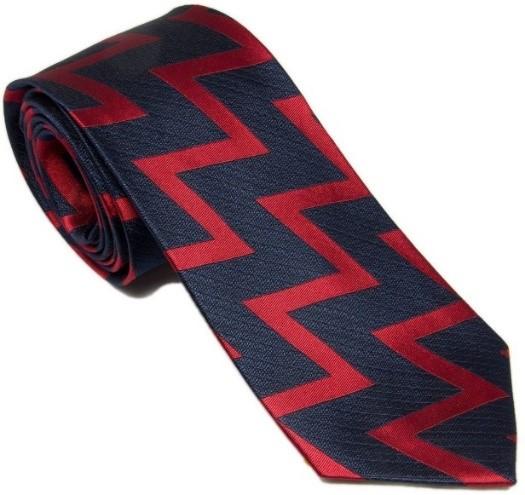
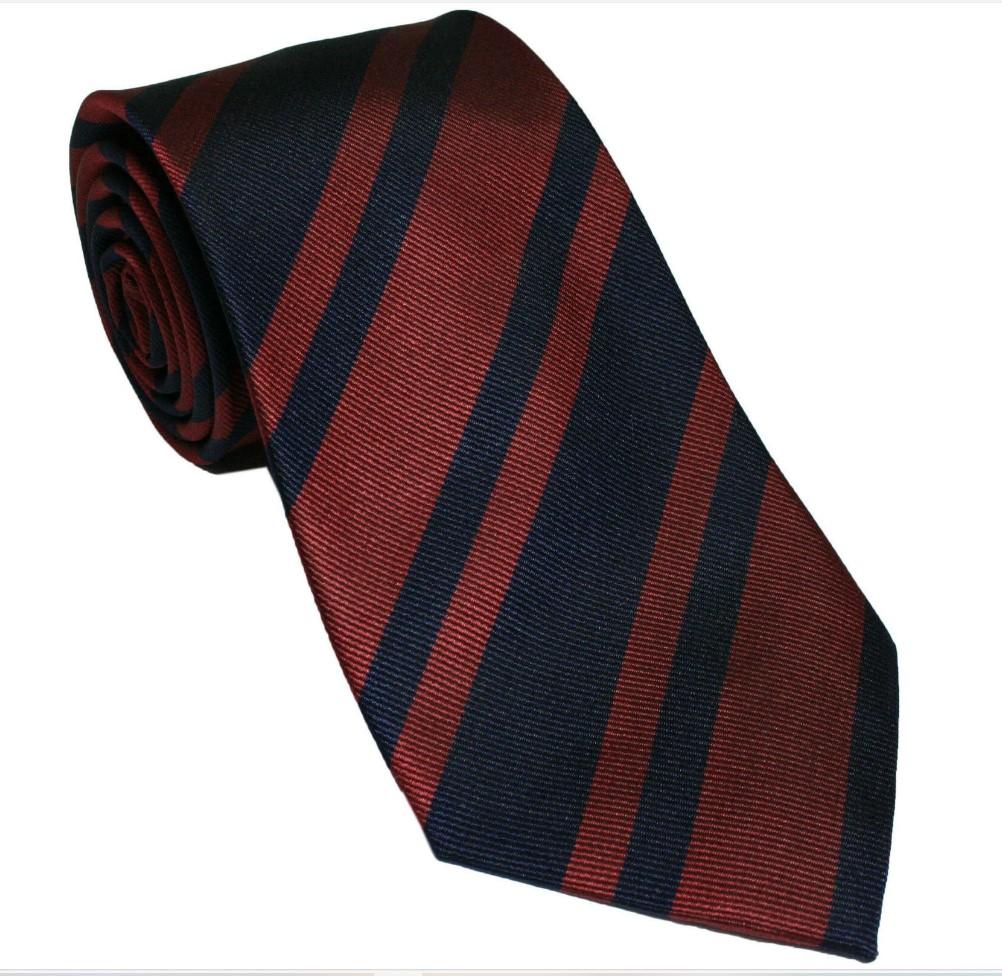
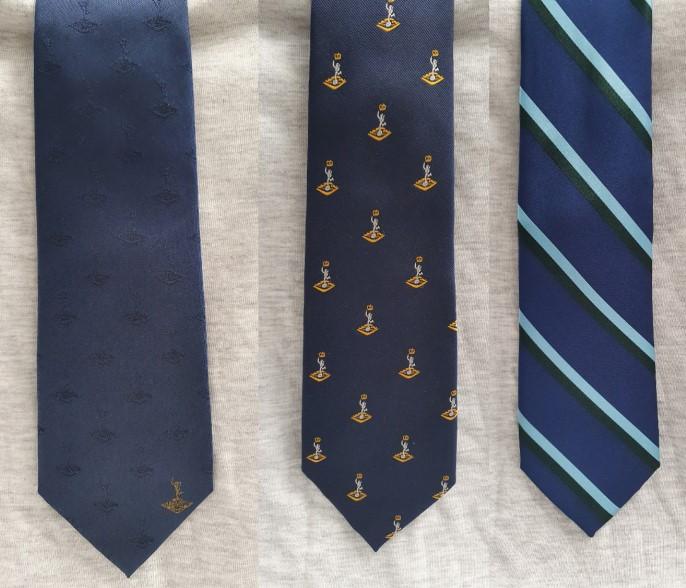
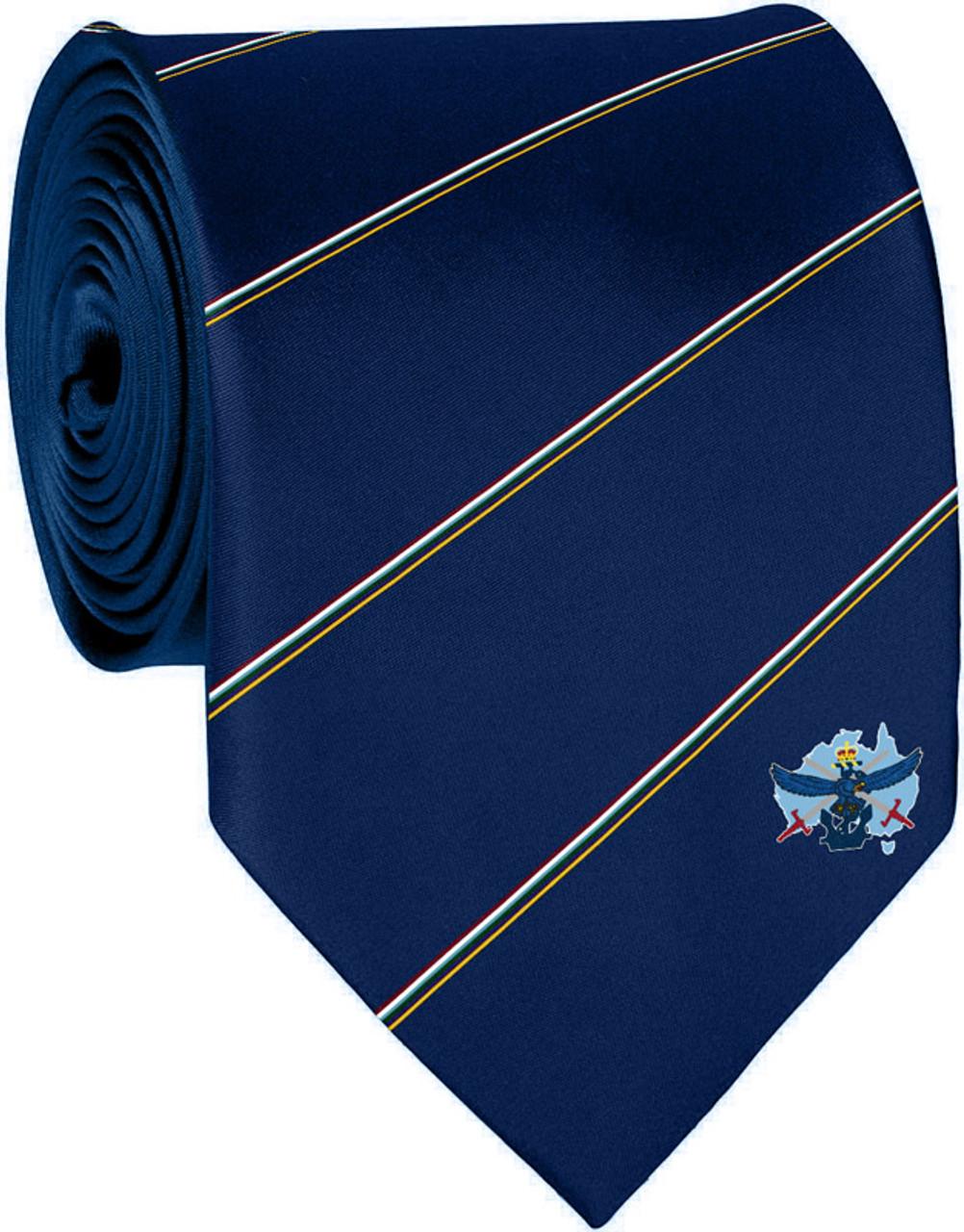

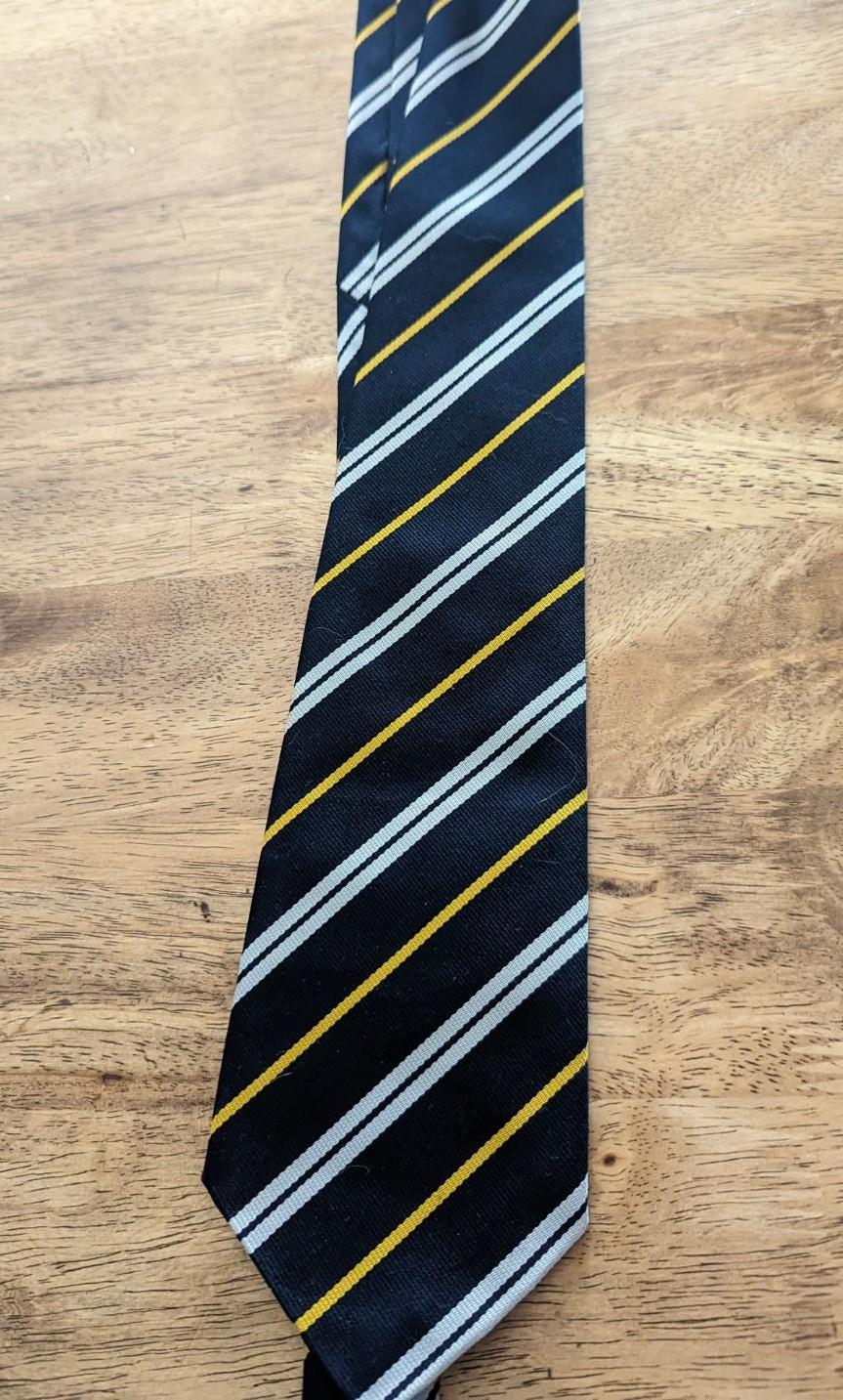

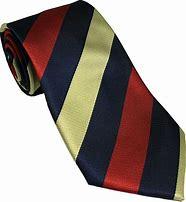
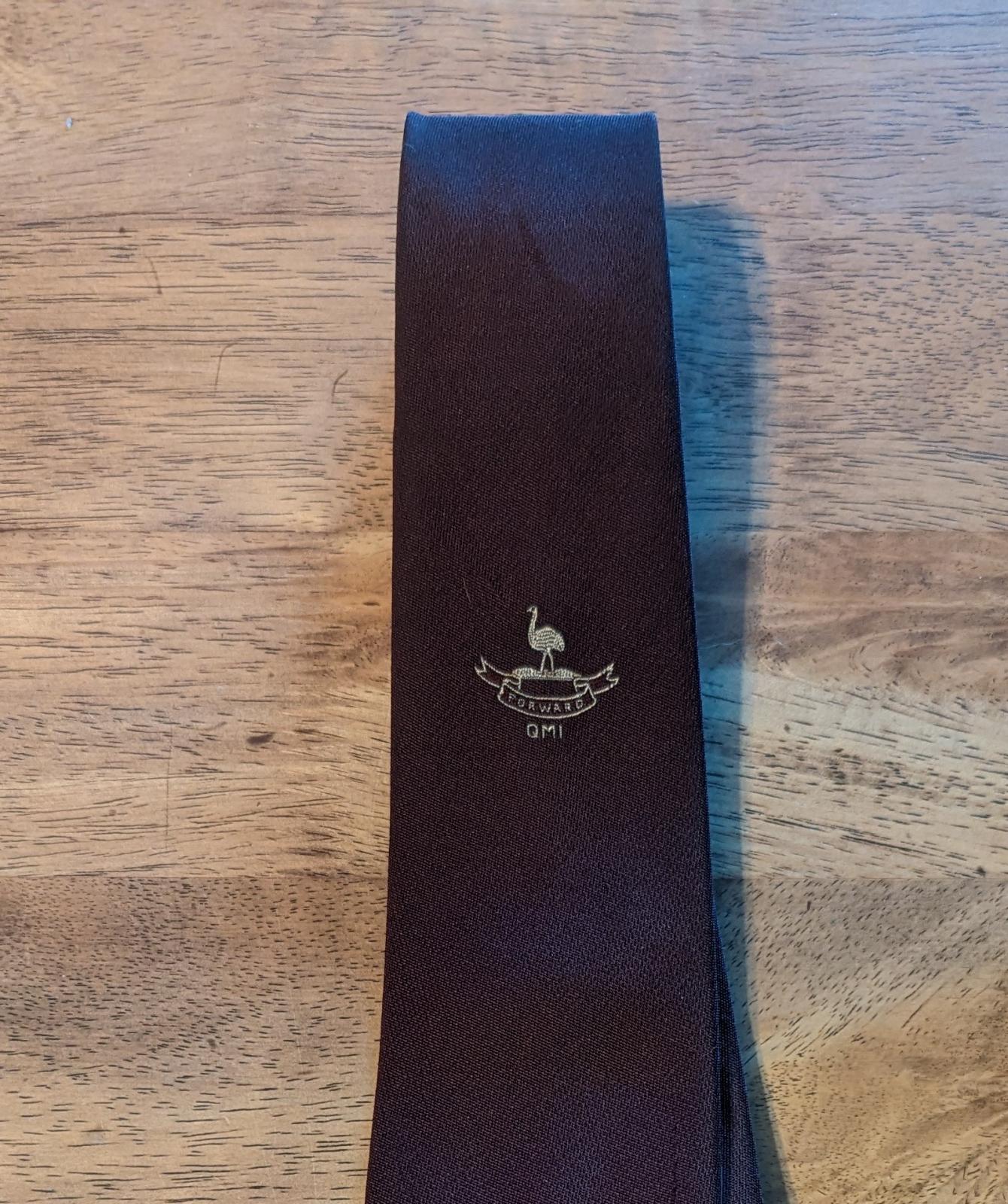
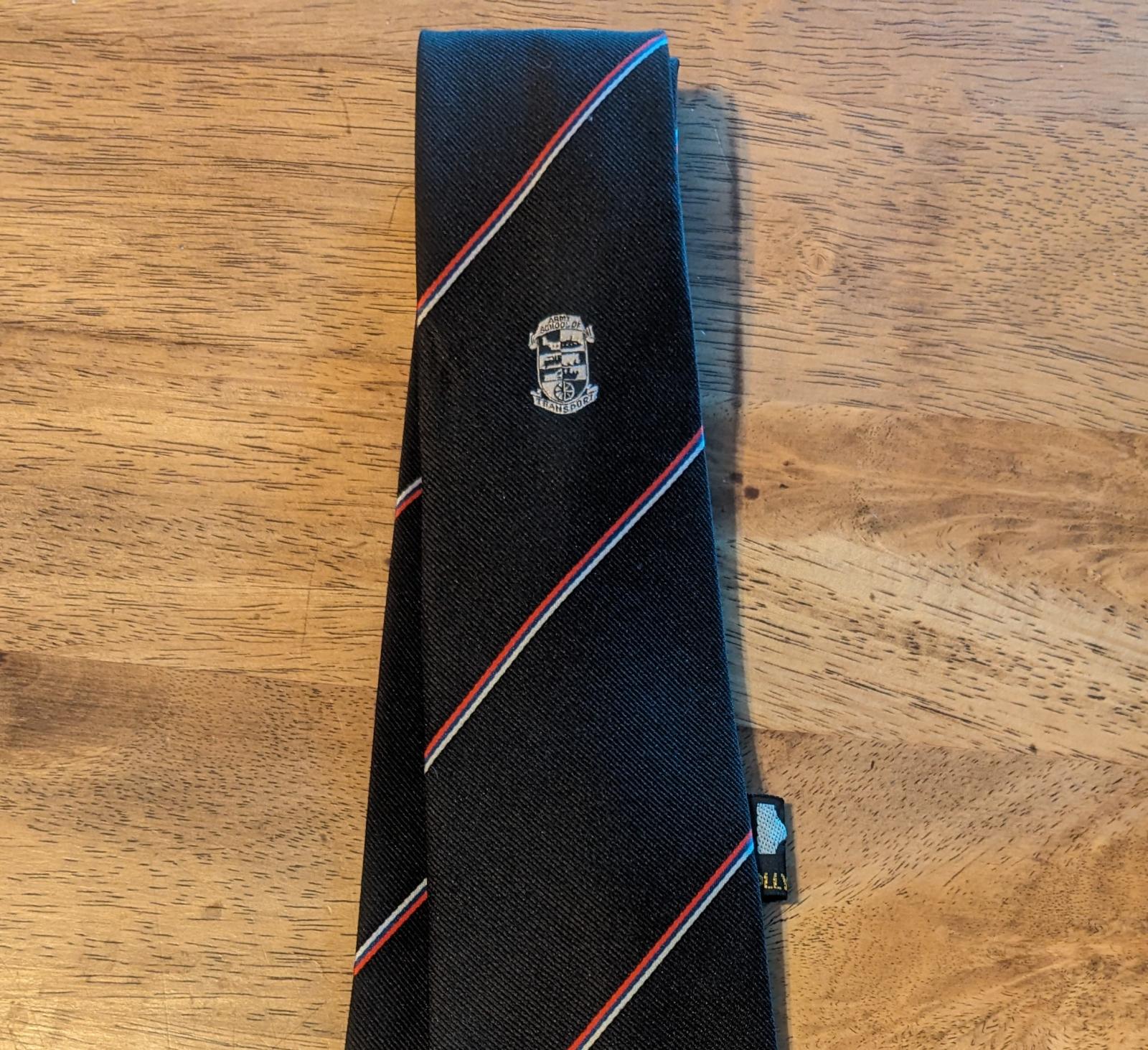
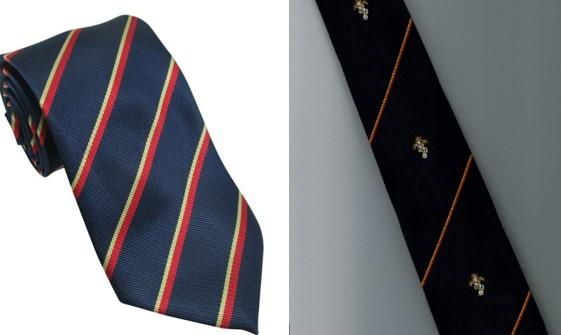
Scan this QR code to open this page on your phone ->

